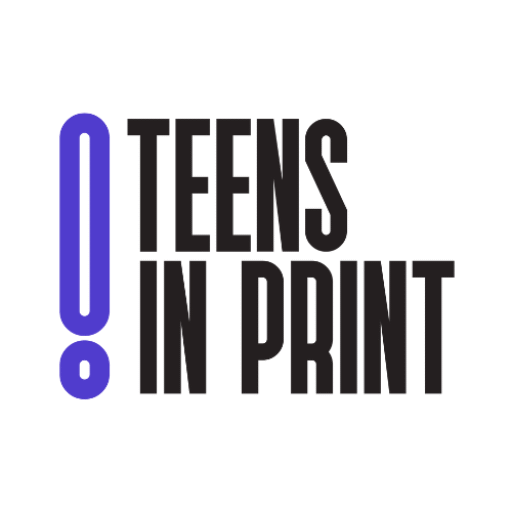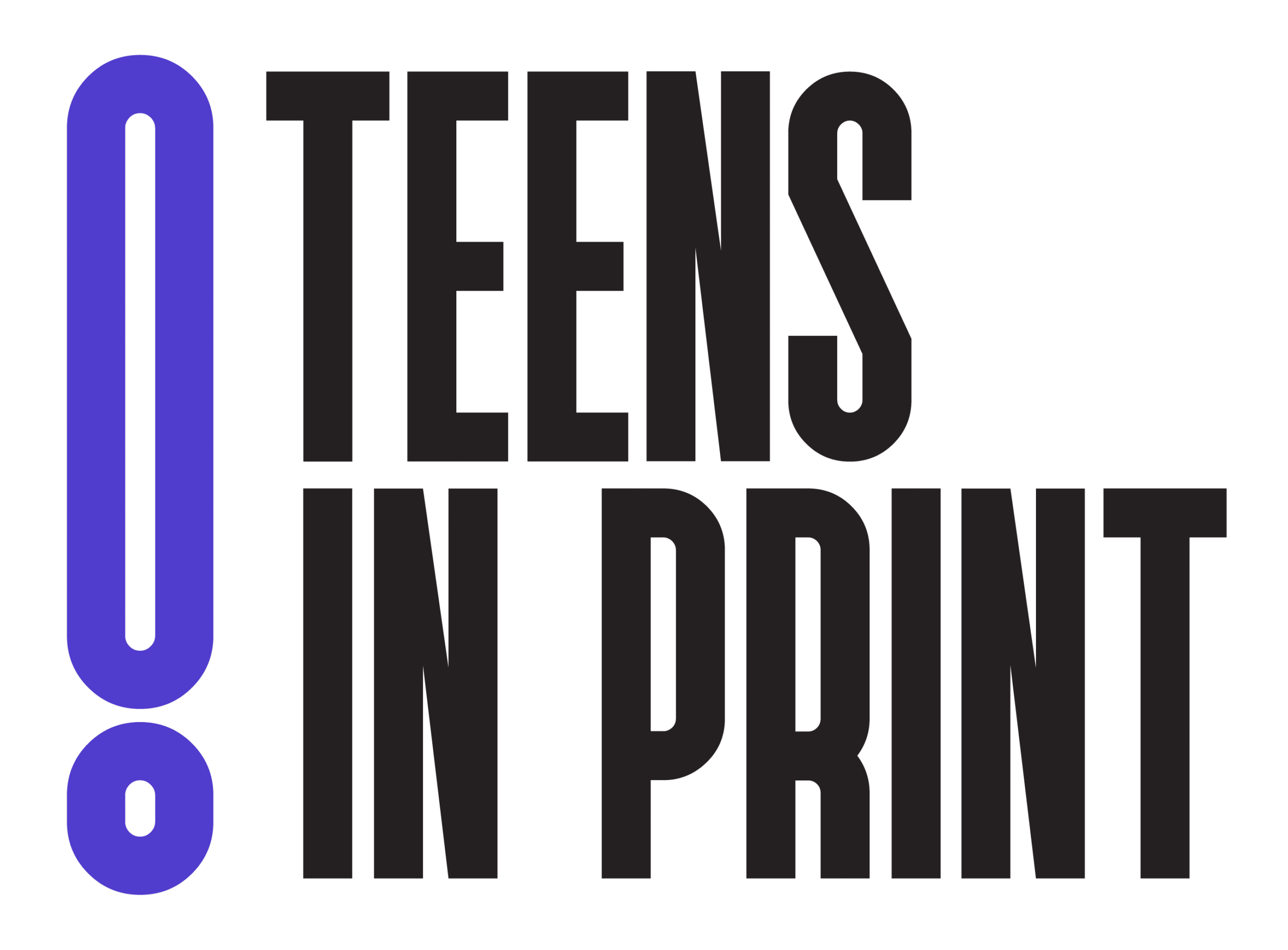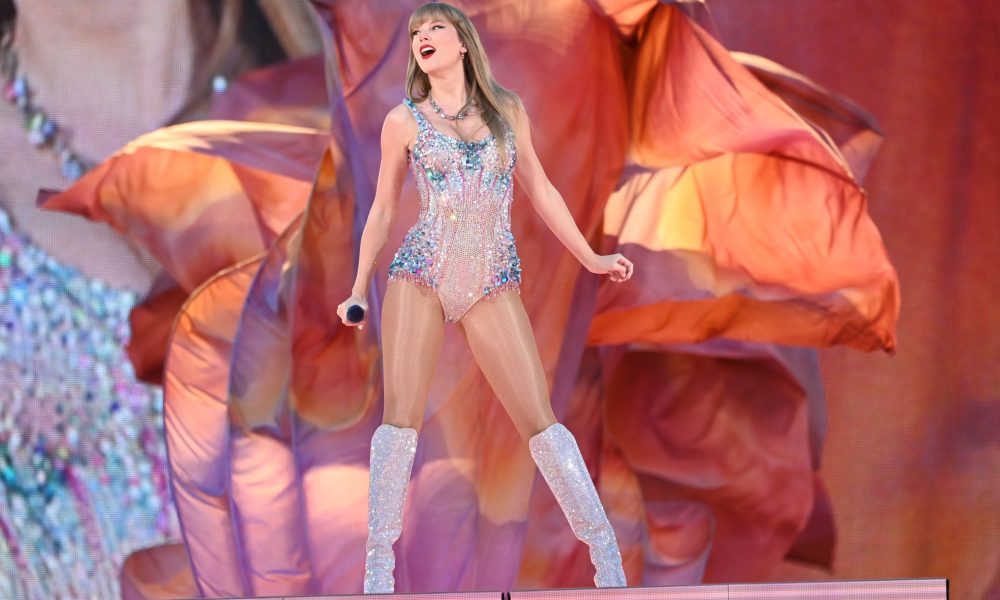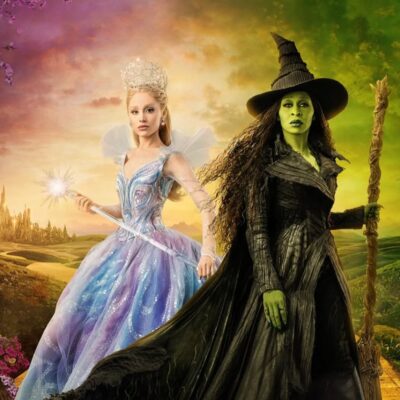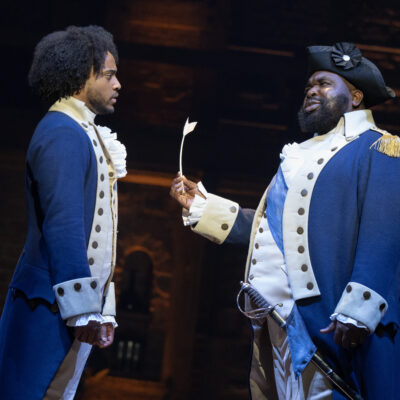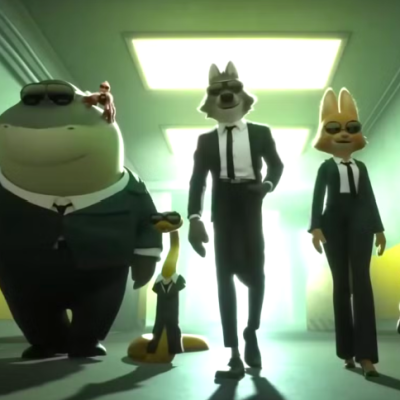Hey Gaylors: You Need to Calm Down
We all know about the “Swifties,” Taylor Swift fans who have a complicated reputation (to say the least) and are one of today’s most prominent fandoms. With such scope, it’s no surprise that this fandom has broken into subgroups, including the infamous “Gaylors.”
As the name suggests, Gaylors are Taylor Swift fans who believe that Taylor and/or her art are queer. This, like most Swiftie theories, runs on a spectrum of intensity — ranging from queer people finding their experiences represented in her songs, to those who speculate about Taylor’s sexuality and are dead-convinced that she was in a long romantic relationship with Karlie Kloss.
Conspiracies about Taylor, and, celebrities generally, aren’t new. But the implications of Gaylor theories, especially the more extreme ones, are uniquely dangerous. The first reason for this is that they’re wrong, as Taylor herself has said. Following the 2019 release of “You Need to Calm Down,” a song and accompanying music video that explicitly show Swift advocating for gay rights, Gaylor theories were kicked into high gear. Fans mistook seeing Taylor in front of pride flags as being an explicit coming out. However, when discussing the song, Swift said that she was “advocating for a community that she’s not a part of.” Aside from releasing a follow-up single called “I’m so straight guys,” she couldn’t have been more direct in proving that she doesn’t identify as being a part of the LGBTQ+ community.
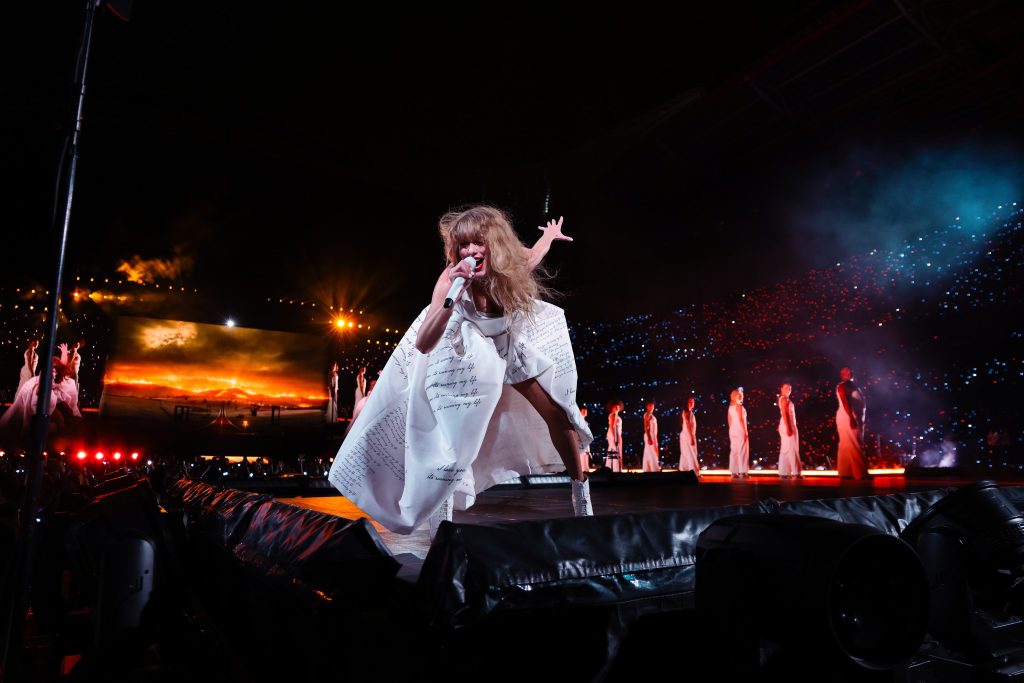
Many in the Gaylor fandom have said that this, and similar claims of not being in the community, are only a public cover and still believe that Taylor is dropping subtle hints about her sexuality only for the queer community to interpret. These hints, known as hairpins, include images of closets at her concerts, her love for the colors of the bisexual flag, and songs like “Betty” and “Dorothea” — that explicitly mention loving women (though Swift has said that the former is fictional and from a man’s perspective, and the latter is platonic). This notion of such hints is not completely wrong. In addition to the Easter egg hunting that Swift encourages her fans to do, “dropping hairpins” is a real and valid way for queer people to signal their identities to each other without being outed. The term has more historic connotations, but continues to exist in some form today – like the recent trend of lesbians wearing carabiners. This makes it, then, not unbelievable that Swift could be leaving queer hints without publicly coming out.
The problem with Gaylor theories, then, is not that they refuse to accept that Taylor is straight, but rather that the theories have such a public platform. In the Lavender Scare era, queer people would give these signals privately to each other to express solidarity without coming out — knowing these symbols or signs wouldn’t be understood by mainstream cis-hetero society. Even though social media may have made queer symbols more well known (though, very slightly, in my experience) to non-queer people, the result is not some mass public outing of a girl who listens to Girl in Red. The point of dropping hairpins is that the person giving the hints maintains some control about who knows their identity and the degree to which it gets discovered.
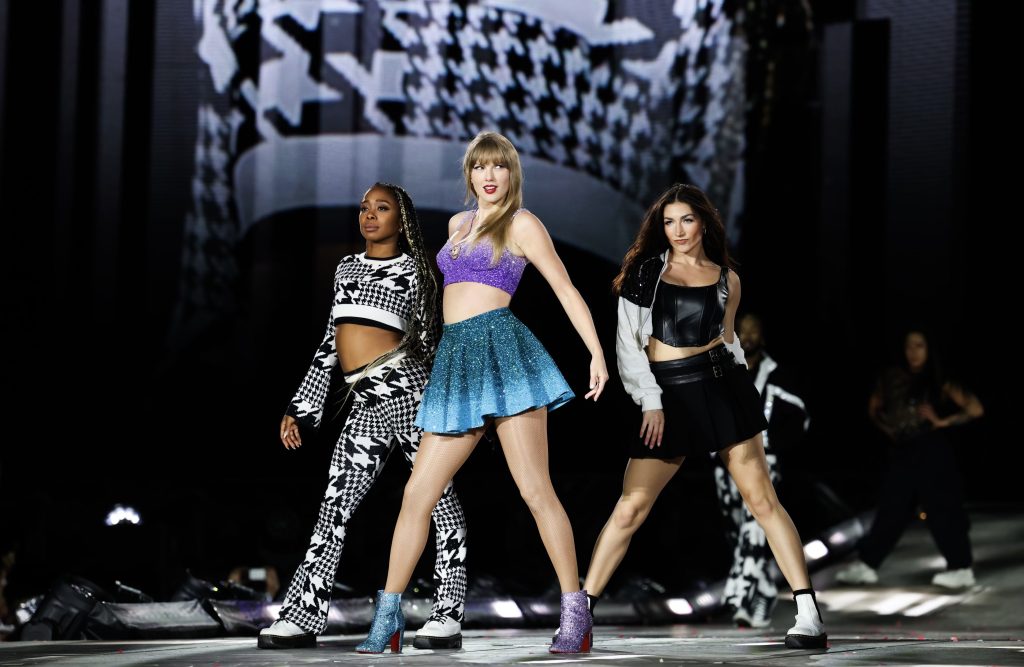
Swift, by nature of being a 21st century celebrity, does not have this privacy. While picking up on signals that were, at best, only meant as queer allyship, Gaylors have taken to TikTok and other online platforms to force discussions of Swift’s sexuality into such a public light that even the New York Times and Vogue have covered it. It’s gotten to the point where Gaylors will go out of their way to highlight Swift’s use of queer imagery to argue with those who believe she’s straight; at best, creating unnecessary rumors, and at worst, outing Swift to a community that she clearly didn’t want to be outed to if this is the case.
That’s not to say that any queer reading of Swift’s music is wrong. As a lesbian, I’ve definitely felt like the entire Red album captures WLW heartbreak freakishly well. I can understand why fans would be excited to see their favorite artist dawning pride colors. But having those queer interpretations for ourselves doesn’t mean Taylor is inherently queer and definitely doesn’t mean that we should have a public debate about her sexuality and out her to people who otherwise wouldn’t have caught onto her subtleties.
If Swift ever does come out, I’ll be happy to have another sapphic artist in my rotation. But for now, she’s made it pretty clear that she identifies as straight, and I, and the rest of the world, have no valid reason to argue further. Just because you’re a queer person who feels seen in her dresses of pink, blue, and purple or her songs with girls’ names, that doesn’t mean her outfits are a declaration of her queerness. So, keep listening to the songs. Be glad you can relate to them. But leave Taylor and her identity alone.

